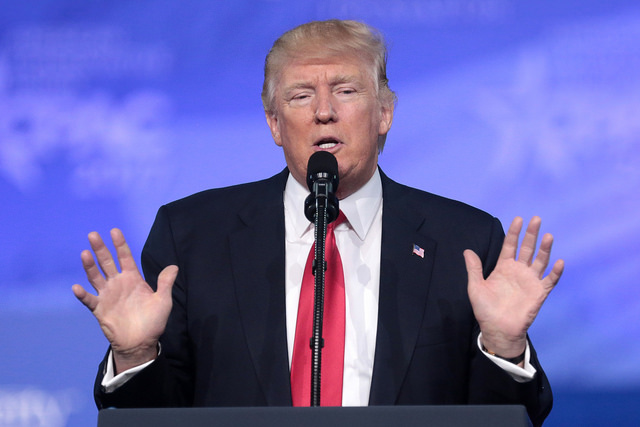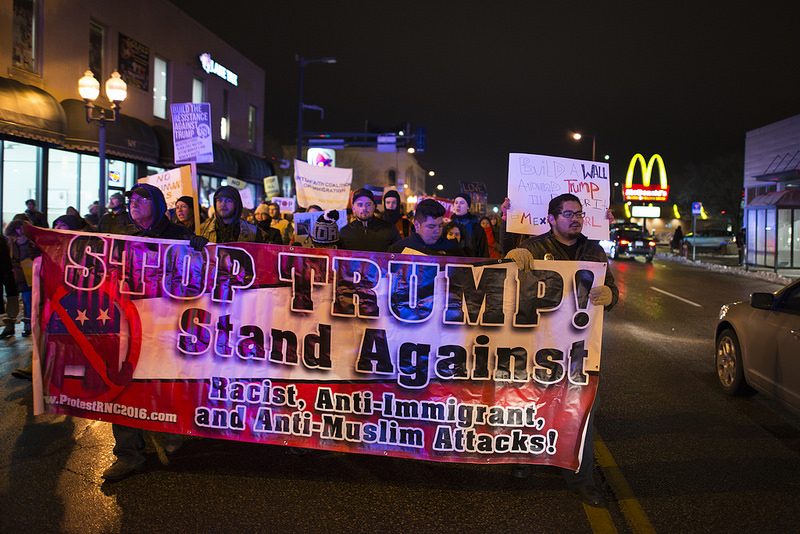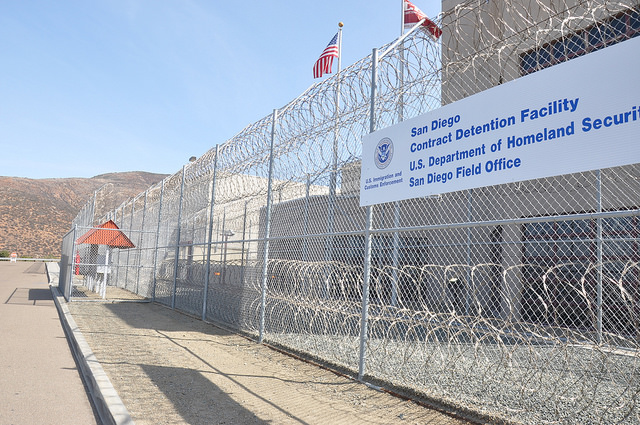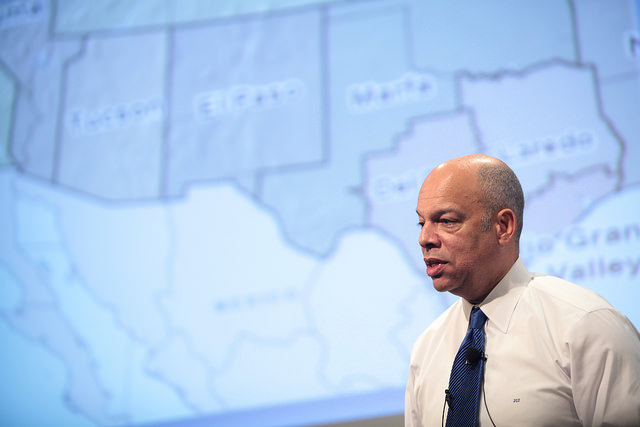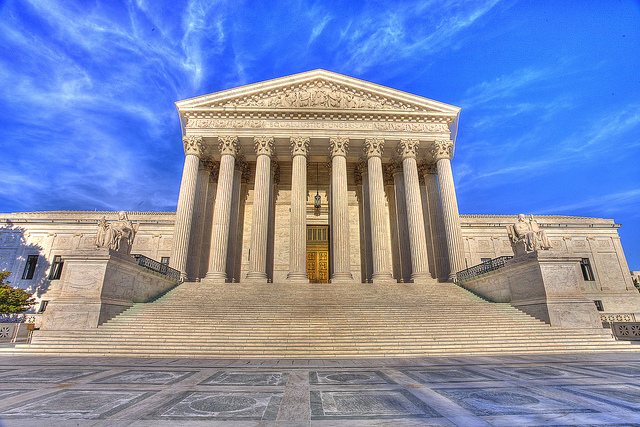On Tuesday, February 28, 2017 the President of the United States Donald Trump addressed a joint session of congress for the first time ever delivering a unifying message to the American people. In his speech Donald Trump softened his stance on immigration while at the same time remaining true to his campaign promises.
On the topic of immigration, Donald Trump first discussed the creation of a Task Force to Reduce Violent Crime headed by the Department of Justice. Additionally, he stated that under his orders, the Department of Homeland Security, and Justice, the Department of State and Director of National intelligence will implement a plan to combat organized crime and the war on drugs. Trump pledged that he would work to dismantle criminal cartels and prevent them from bringing drugs into the country.
Second, Trump promised to keep his campaign promise to enforce the immigration laws of the United States and increase border security to “restore integrity and the rule of law at our borders.” He added, “We want all Americans to succeed, but that can’t happen in an environment of lawless chaos.”
Third, Trump called for the construction of a wall along our Southern border with Mexico to deter undocumented immigrants from entering the United States and to deter drug dealers and criminals from entering the United States and committing acts of violence. To his critics, Donald Trump posed the following question, “What would you say to the American family that loses their jobs, their income, or their loved one because America refused to uphold its laws and defend its borders?”
 Visa Lawyer Blog
Visa Lawyer Blog


